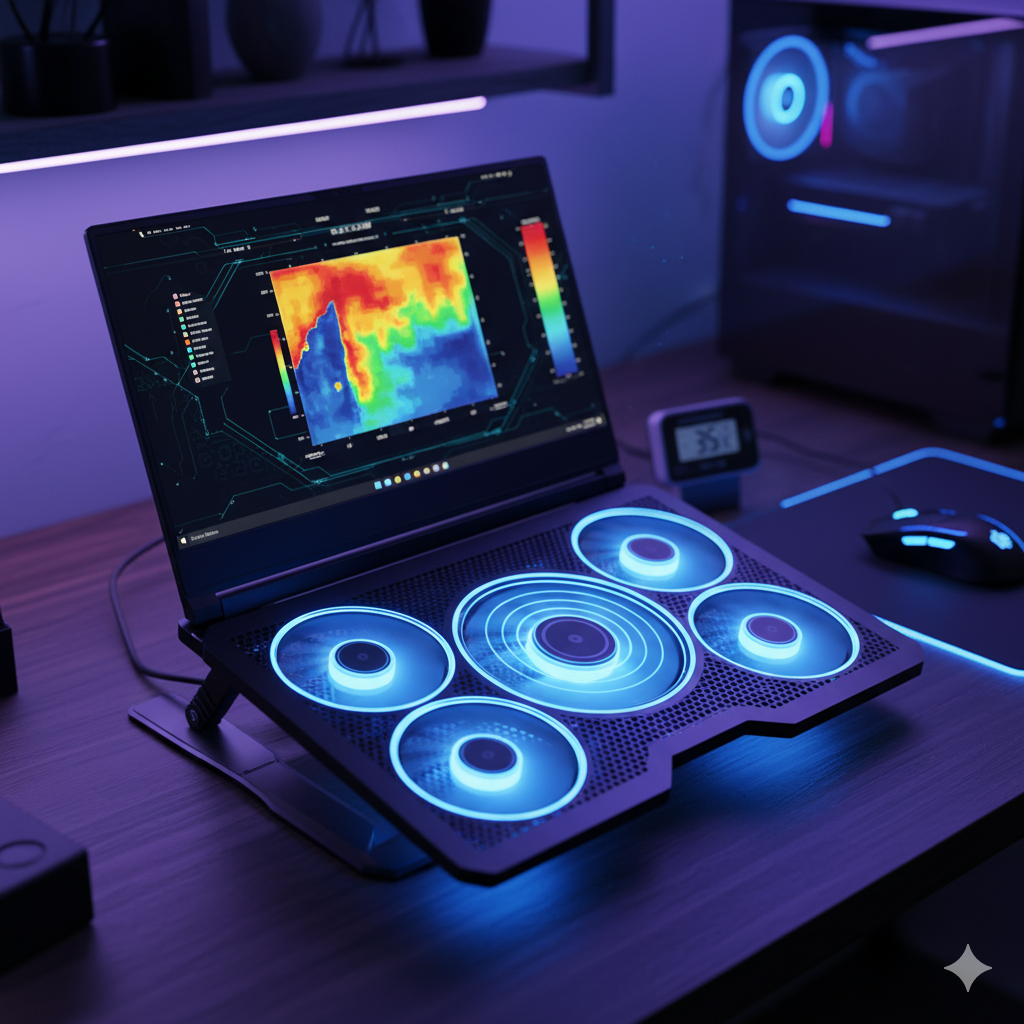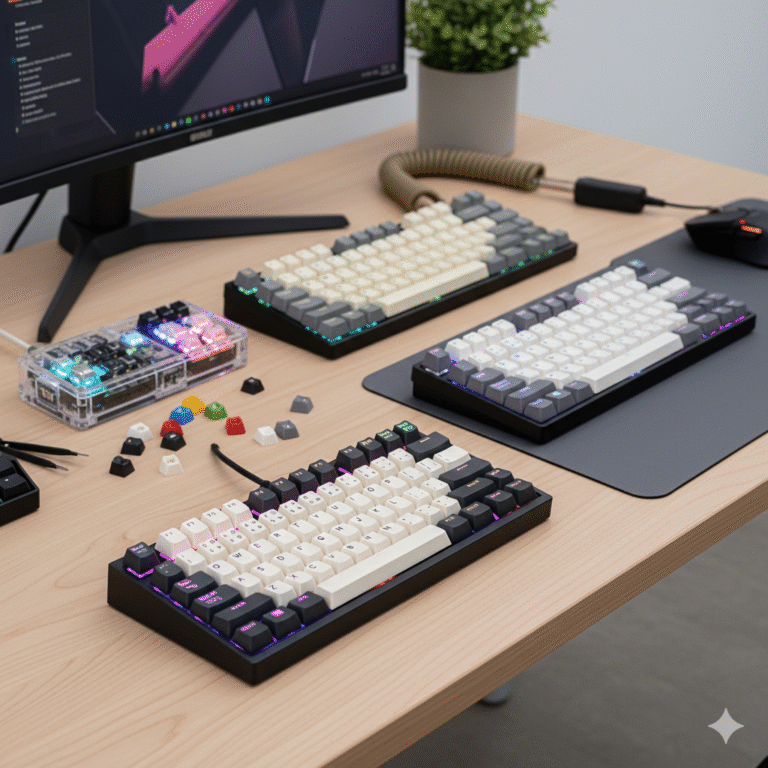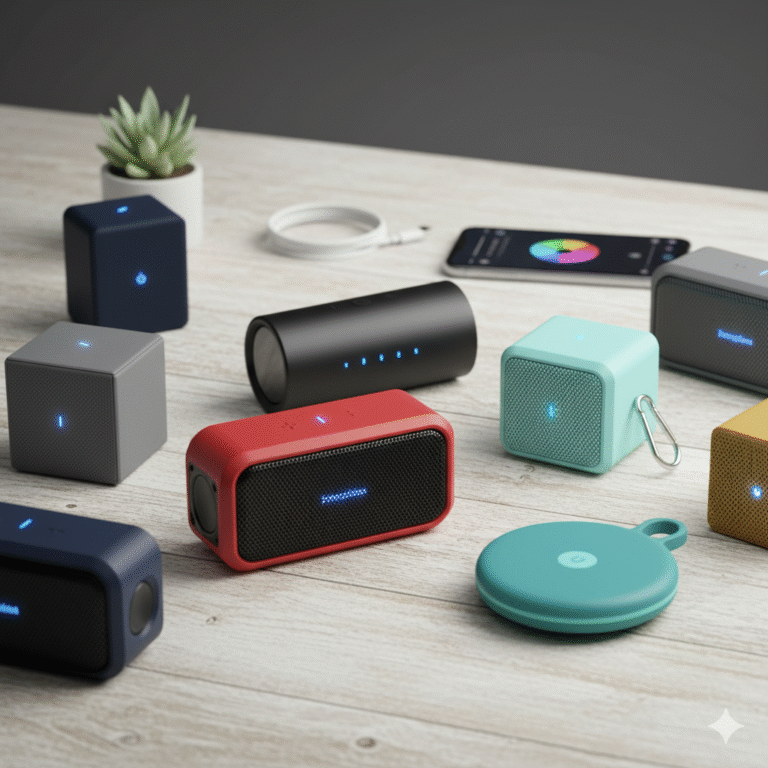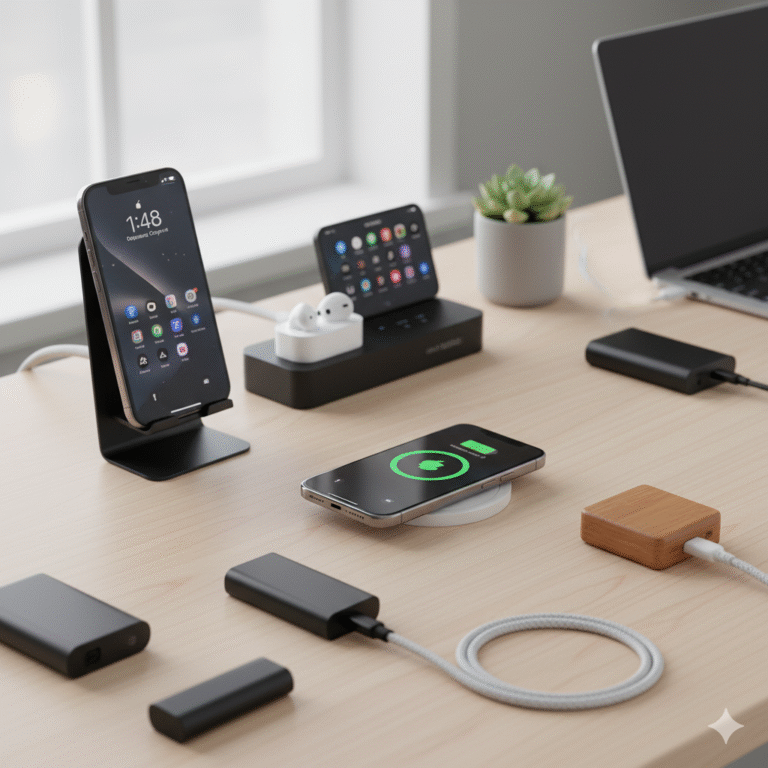If you spend a lot of time on your laptop, you’ve probably noticed that it gets hot. Not warm. Hot. Especially during gaming, editing videos, running multiple tabs, or even just streaming for long sessions. That heat does more than just make the laptop uncomfortable to touch. It can slow performance, shorten your device’s lifespan, and make your fans sound like a jet ready for takeoff. This is where laptop cooling pads come in.
I wanted to see if a cooling pad is truly worth buying, or if it’s just one of those computer accessories people buy because it looks useful. So I decided to try one out for myself and document the real experience. No hype, just real results.
Below is what I found.
Why Laptops Overheat in the First Place

Laptops are compact devices, and everything inside them is squeezed tightly together. There is limited space for proper airflow. When you push the laptop with heavy tasks, the internal components generate heat. Normally, the built-in fans and heat pipes help cool it. However, once those fans reach full speed, they can’t do much more.
So the temperature climbs. When that happens, the laptop might:
- Slow down performance to protect itself
- Freeze or lag
- Create loud fan noise
- Reduce battery life
- Wear out faster over time
High temperatures are especially dangerous for the processor (CPU) and graphics card (GPU). Keeping these components, cooler allows your laptop to perform smoothly and last longer.
What a Laptop Cooling Pad Is Supposed to Do

A laptop cooling pad is basically a flat stand with fans built into it. You place your laptop on it, plug it into your laptop’s USB port, and it helps push air toward the laptop’s bottom vents. Some cooling pads also elevate the laptop slightly, improving airflow.
In theory, this should lower the temperature, reduce fan noise, and help maintain performance during demanding tasks.
The big question is: does it actually work?
The Cooling Pad I Tested

I tested a 5-fan adjustable cooling pad. It has:
- One large center fan
- Four smaller corner fans
- Adjustable angle/height settings
- Blue LED lighting (just aesthetics, but it does look nice)
- A metal mesh surface to help airflow
It cost around an average mid-budget price. Not the cheapest, not premium. Just a normal, popular cooling pad that lots of people buy.
So this review should apply to most similar cooling pads in the market.
Testing Conditions
To get an honest result, I tested the cooling pad in three real situations:
- Everyday browsing (YouTube, multiple chrome tabs, Spotify)
- Gaming session (30 minutes, medium settings)
- Video editing and exporting (Adobe Premiere Pro test)
I recorded temperatures before and after using the cooling pad.
Before Using the Cooling Pad
| Activity | Average Temperature | Fan Noise |
|---|---|---|
| Browsing | 50°C – 60°C | Low |
| Gaming | 80°C – 92°C | Very loud |
| Video Editing | 75°C – 88°C | Loud |
During gaming and video editing, I could really feel the heat near the keyboards and audio vents. The laptop also occasionally dropped frame rates because it was trying to protect itself.
After Using the Cooling Pad
| Activity | Average Temperature | Fan Noise |
|---|---|---|
| Browsing | 47°C – 55°C | Almost silent |
| Gaming | 72°C – 83°C | Noticeably quieter |
| Video Editing | 70°C – 80°C | Reduced noise |
The results were not dramatic, but they were real. The biggest change happened during gaming. Dropping from around 90°C to around 80°C is actually a big deal. Not only did the laptop run smoother, but the keyboard surface also felt less hot, and the internal fan noise reduced.
This confirmed that the cooling pad does help, especially when you push your laptop hard.
What I Liked About Using a Cooling Pad
1. Lower Temperature = Better Performance
The laptop-maintained speed instead of slowing down during long use. No sudden frame drops or lag spikes.
2. Less Fan Noise
This was a huge relief. The cooling pad supported the internal fans so they didn’t have to scream all the time.
3. More Comfortable to Use
Raising the laptop gave a better screen angle, improved posture, and less wrist pressure.
4. Keeps the Laptop Clean
The elevation helps reduce dust accumulation under the laptop.
What I Didn’t Like
1. Needs to Use a USB Port
It uses one USB port to power itself, so if your laptop has limited ports, that could be inconvenient.
2. Not a “Miracle Fix”
It reduces heat, but it won’t turn an overheating laptop into a gaming powerhouse. It helps, but only within reason.
3. Portability Is Meh
You can still carry it around, but it adds bulk to your backpack if you move often.
So, Is a Laptop Cooling Pad Worth It?
If you:
- Game on your laptop
- Edit videos or do rendering
- Keep many tabs open
- Live in a hot climate
- Own a thin laptop that gets hot easily
Then yes, a cooling pad will help you. It won’t transform your laptop, but it will:
- Protect performance
- Extend lifespan
- Reduce noise
- Make using your laptop more comfortable
However, if you only use your laptop for very light tasks like reading and typing, then you probably don’t need a cooling pad.
Tips for Choosing a Good Cooling Pad
- Pick one with multiple fans for even airflow
- Make sure the size matches your laptop
- A metal mesh top is better than plastic
- Adjustable height helps with comfort and airflow
- Don’t choose based only on LED lights; focus on airflow power
Final Verdict
The cooling pad did what it promised. It lowered my laptop temperature during heavy use, reduced fan noise, and made the laptop more comfortable to use. It is not magic, but it is definitely worth the purchase for anyone who uses their laptop for more than basic tasks.
If you care about your laptop’s performance and lifespan, a cooling pad is a smart, simple upgrade.








